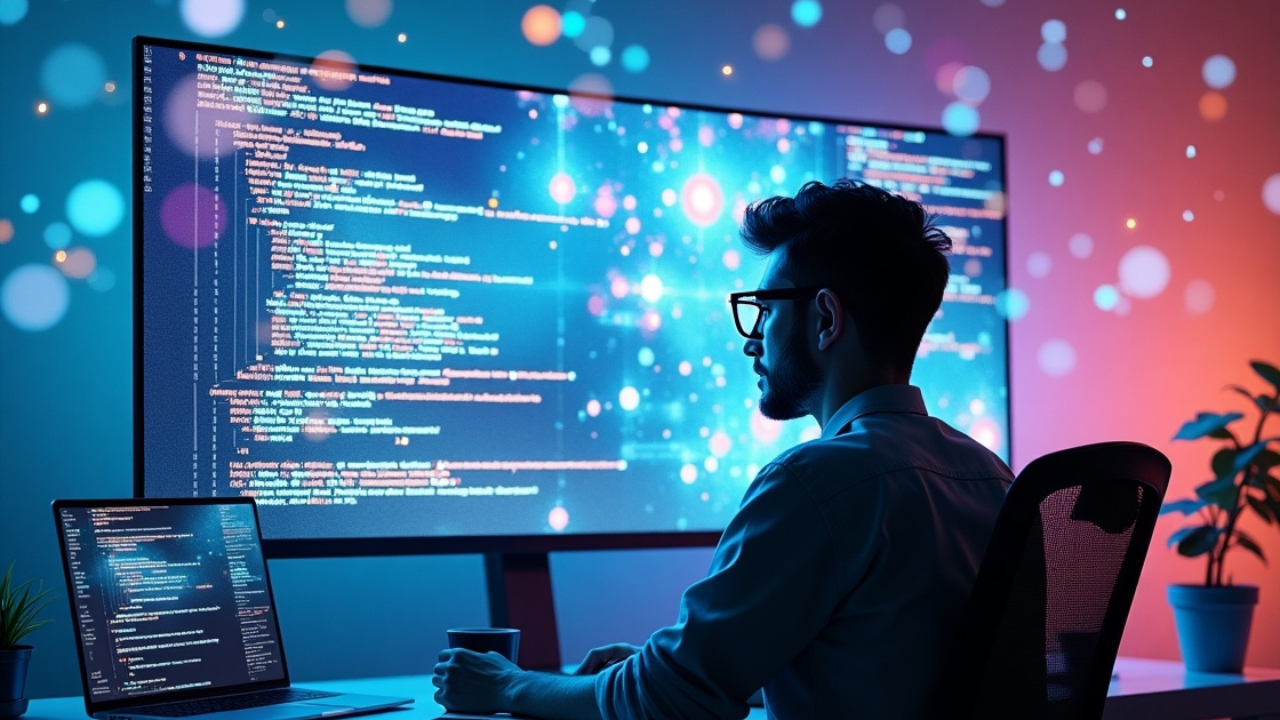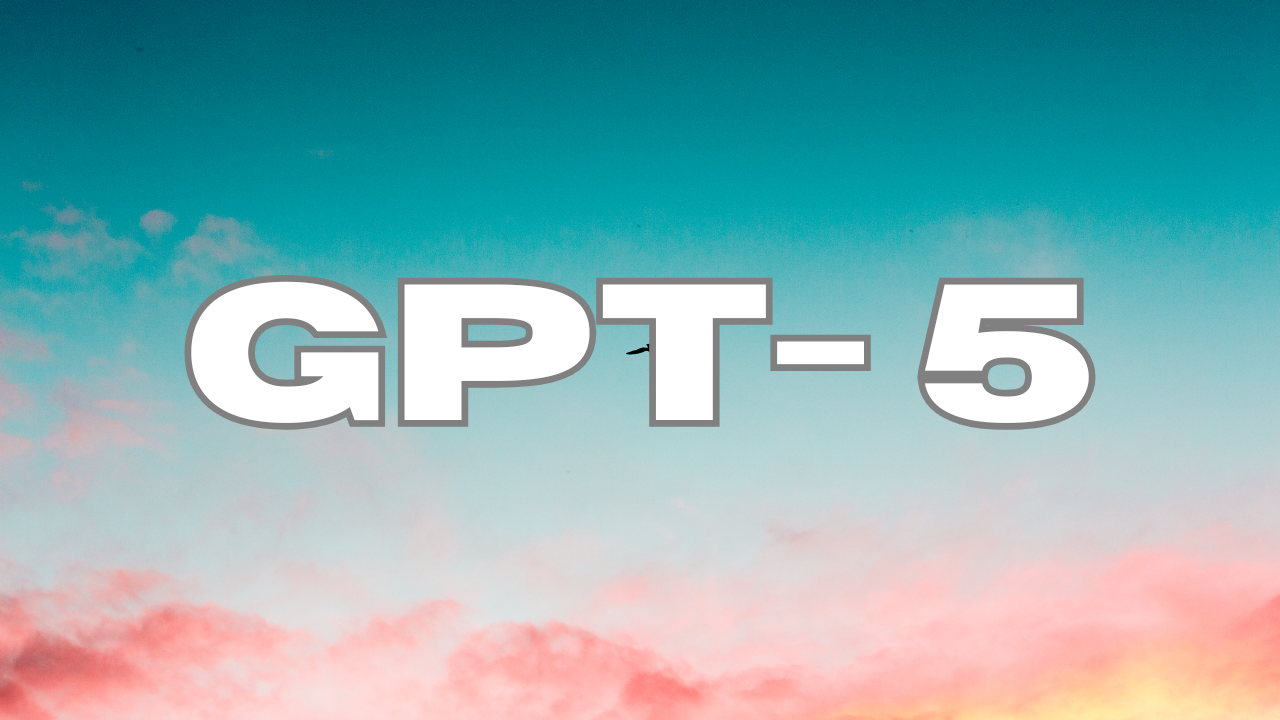In the past, programming was often viewed as a rigid, logical process—lines of code arranged in precise syntax to create software. But in 2025, a new trend is blurring the line between programming and creative expression: vibe coding. This emerging movement, powered by AI coding tools and human-AI collaboration, is transforming how developers approach their craft. Instead of treating software as a static product, vibe coding treats it like an evolving piece of art—fluid, adaptive, and deeply personal.
What is Vibe Coding?
At its core, vibe coding is the practice of building software using AI-generated code as a collaborative partner rather than a passive tool. Developers describe the process as “flowing” with the AI—feeding prompts, adjusting tone, experimenting with styles, and iterating quickly. It’s more like painting a canvas than filling in a blueprint.
This approach is gaining momentum, especially among startups. Reports suggest that up to 25% of new companies are now incorporating vibe coding into their workflows, allowing them to create prototypes, apps, and even production-ready systems faster than ever.
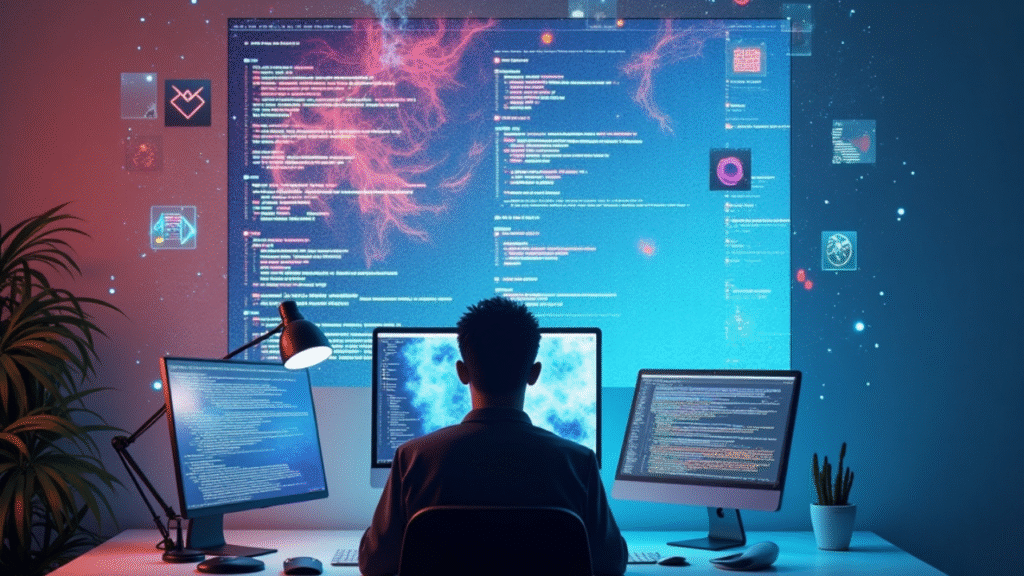
From Syntax to Style: Why it Feels Like Art
Traditional programming focuses on logic, structure, and adherence to strict syntax rules. AI in programming has shifted this mindset. With vibe coding, syntax becomes secondary; style, tone, and flow take center stage.
Just as a painter might blend colors to evoke emotion, a vibe coder blends prompts, AI suggestions, and personal creativity to produce unique results. In this way, creative coding becomes less about technical perfection and more about artistic vision. The developer workflow starts to resemble the work of a designer or storyteller, with every keystroke shaping the “mood” of the project.
The Role of AI in Programming’s Artistic Shift
The main driver of vibe coding’s rise is AI-powered programming. Tools like GitHub Copilot, Replit Ghostwriter, and specialized AI development tools can now write large chunks of code, debug in real-time, and even suggest design patterns based on project goals.
In vibe coding, these tools act as creative partners, not just assistants. Developers might ask the AI to “write a poetic error message,” “make the UI feel minimalist,” or “generate code in a playful tone.” These aren’t purely functional requests—they’re aesthetic and conceptual, much like asking a digital artist to shift styles.
Benefits of Vibe Coding for Developers
Vibe coding isn’t just a novelty—it’s changing how developers think about productivity, innovation, and satisfaction in their work. Some benefits of vibe coding for developers include:
- Faster Prototyping – AI-generated code allows teams to test and iterate rapidly.
- Lower Entry Barriers – Non-expert coders can contribute creatively without deep technical backgrounds.
- Enhanced Creativity – Developers can experiment with unconventional ideas without worrying about “breaking” the code.
- Improved Collaboration – Human-AI collaboration fosters a sense of shared creation, making teams more experimental.
- Personalized Workflow – Developers can adjust the “tone” of their AI partner to match their preferred developer workflow.
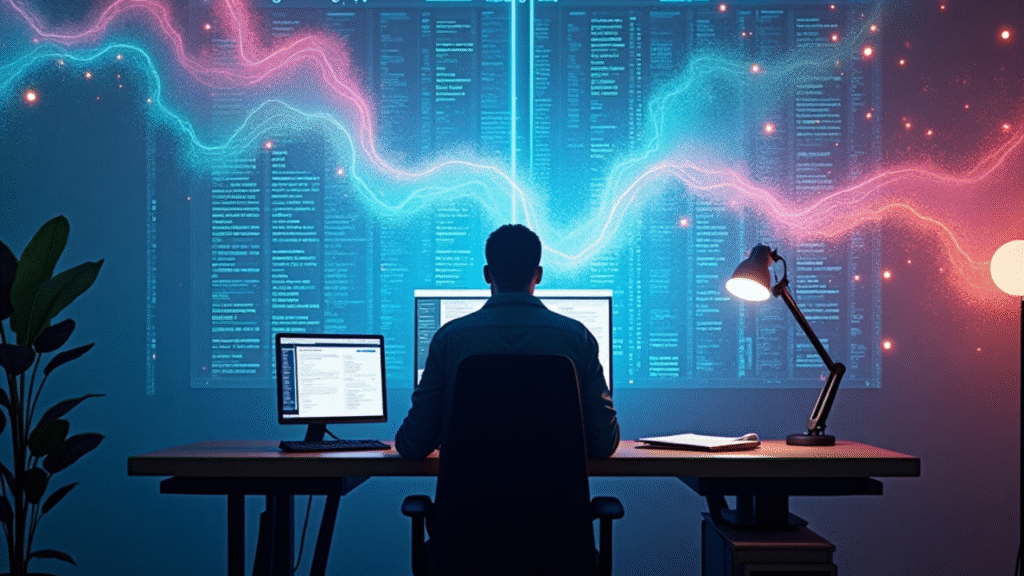
How AI is Changing Software Development Culture
The shift toward vibe coding reflects a broader change in how AI in programming is perceived. Instead of replacing developers, AI is enabling them to focus on higher-level thinking, design, and problem-solving. The AI-driven software creation process becomes less about brute-force coding and more about orchestrating a vision.
This cultural shift mirrors what happened in digital art when AI-assisted tools like DALL·E and Midjourney entered the scene. Just as digital artists learned to work alongside AI to create unique visuals, developers are learning to “speak the language” of AI to bring their ideas to life.
Vibe Coding Tools for Startups
For entrepreneurs, vibe coding offers a competitive advantage. Some popular vibe coding tools for startups include:
- GitHub Copilot – Great for real-time AI coding suggestions.
- Cursor – A code editor built around AI-first workflows.
- Replit Ghostwriter – Ideal for small teams building fast prototypes.
- Windsurf – Merges natural language prompts with code refactoring tools.
Using these tools, startups can reduce costs, shorten timelines, and produce products that feel custom-crafted, even with small teams.
Vibe Coding vs. Traditional Coding: A Shift in Priorities
In traditional development, AI software development was seen as a helper—speeding up repetitive tasks but rarely shaping the creative direction. In vibe coding, the AI becomes a collaborator, influencing style, structure, and even feature prioritization.
Where traditional coding might start with a formal plan, vibe coding often begins with mood boards, conceptual prompts, or even conversations about “how the app should feel.” This creates a fluid, adaptive process that’s more resilient to change.
How to Start Vibe Coding
If you want to try vibe coding for yourself, here’s a step-by-step approach:
- Choose Your AI Partner – Select an AI development tool that aligns with your goals.
- Define the Vibe – Describe your vision, style, and desired “mood” before coding begins.
- Prompt and Iterate – Feed prompts into the AI, evaluate results, and refine.
- Embrace Experimentation – Don’t be afraid to deviate from traditional solutions.
- Refine for Performance – Once the artistic vision is achieved, ensure technical stability.
This AI-driven software creation process can be surprisingly liberating, even for experienced developers.
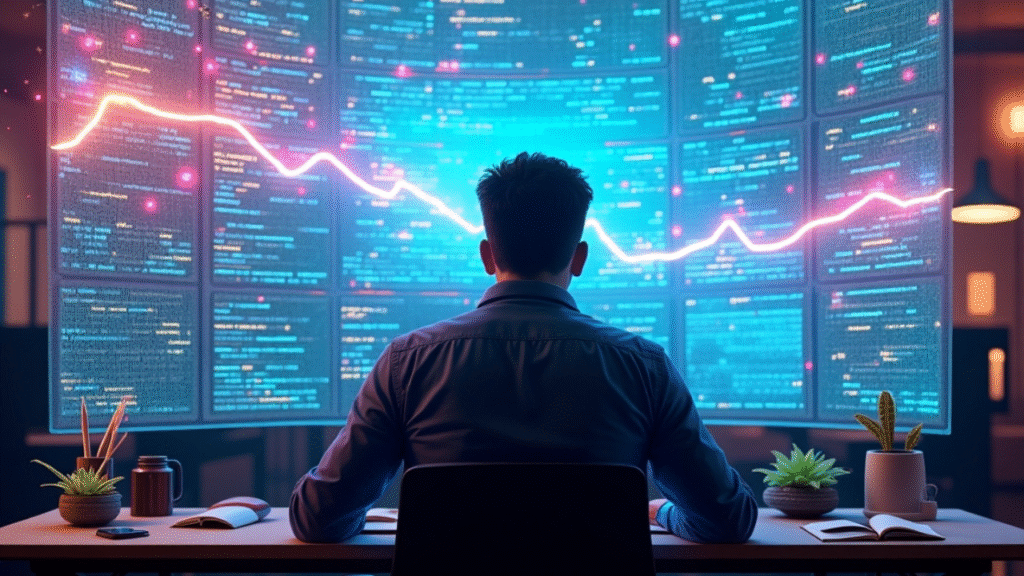
Future of AI in Coding and Design
Looking ahead, the future of AI in coding and design will likely see vibe coding becoming a mainstream skill. As AI grows more sophisticated, developers will be able to request not just functional code but entire creative systems that adapt dynamically to user behavior and context.
We may even see coding becoming a form of multimedia art—combining visuals, interactivity, and AI logic into immersive experiences that blur the line between software and storytelling.
Final Thoughts
Vibe coding is more than a buzzword—it’s a cultural and creative shift in AI software development. By transforming the AI-driven software creation process into something that feels like painting on a digital canvas, it opens the door to a new generation of creative coding.
For developers, startups, and tech enthusiasts, now is the time to explore this space. Whether you’re building the next viral app or experimenting with AI-powered programming for personal projects, vibe coding invites you to stop thinking of code as just instructions—and start thinking of it as art.


